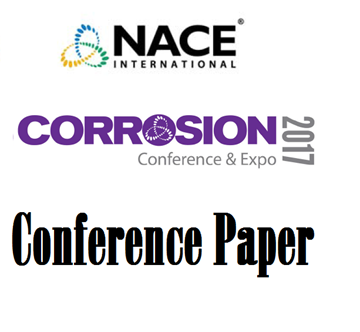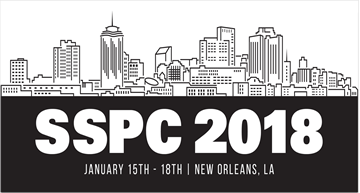Search
Individual Conference Papers
View as
Sort by
Display
per page
Shortcomings regarding the Testing of Oil and Gas Corrosion Inhibitors
Product Number:
51324-20823-SG
Publication Date:
2024
$40.00
Should Socket Welds Be Used In Sour Service Process Environments And What Are The Quality Control Requirements?
Product Number:
51321-16536-SG
Publication Date:
2021
$20.00
Sigma Phase Embrittlement of Type 304H Stainless Steel after FCCU Service
Product Number:
51317--9140-SG
ISBN:
9140 2017 CP
Publication Date:
2017
$20.00
Significance of Evaluation Methods for Surface Applied Corrosion Inhibitors
Product Number:
51218-113-SG
Publication Date:
2018
$20.00
Silica Nanocapsules Based On Gemini Surfactant As Environmentally Friendly Nanocontainers For Corrosion Protection In Seawater
Product Number:
51321-16741-SG
Publication Date:
2021
$20.00
Silica Solubility in High Enthalpy Water up to 440°C in the Presence of NaCl
Product Number:
51324-21029-SG
Publication Date:
2024
$40.00
Silicate Resins for Sustainable Heavy Duty Coatings
Product Number:
51324-21213-SG
Publication Date:
2024
$40.00
Silicate Scale Inhibitor Evaluation and Applications
Product Number:
51321-16281-SG
Publication Date:
2021
$20.00
Silver Sulfidation Kinetics in Sulfur Vapor-Bearing Environments
Product Number:
51315-5791-SG
ISBN:
5791 2015 CP
Publication Date:
2015
$20.00
Simulating Corrosion And Scale Interactions In Autoclave Experiments: A Sensitivity Study
Product Number:
51322-17622-SG
Publication Date:
2022
$20.00
Simulation Of The Damage Tolerance Of Thermal Spray Aluminium Sacrificial Coating In Artificial Seawater
Product Number:
51322-17641-SG
Publication Date:
2022
$20.00












